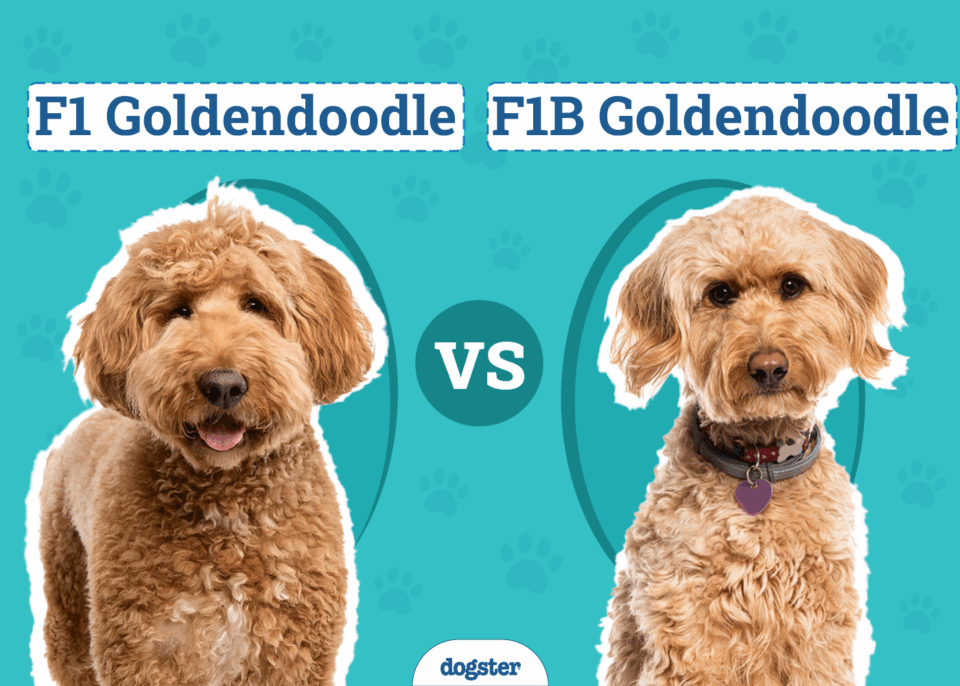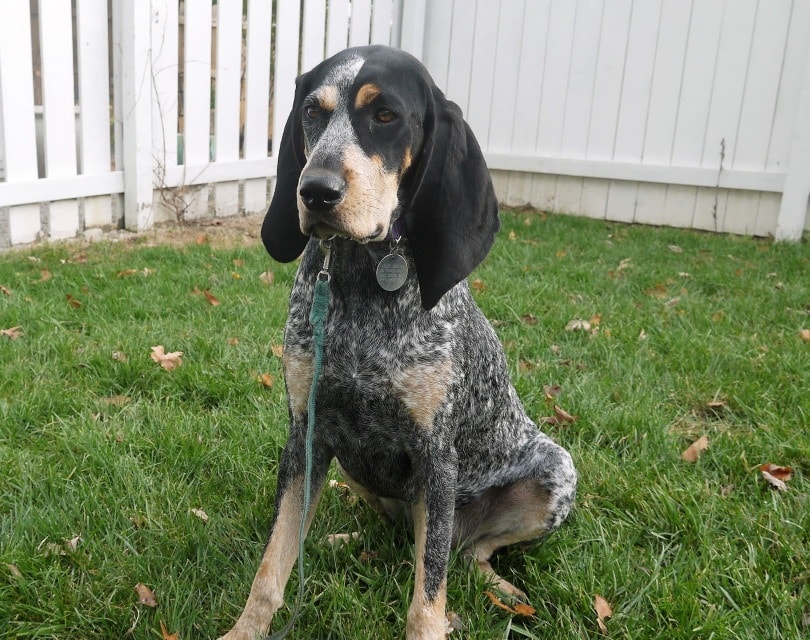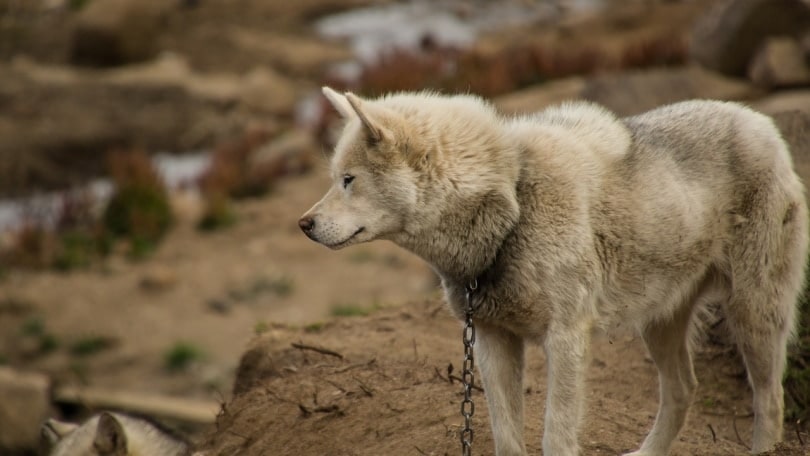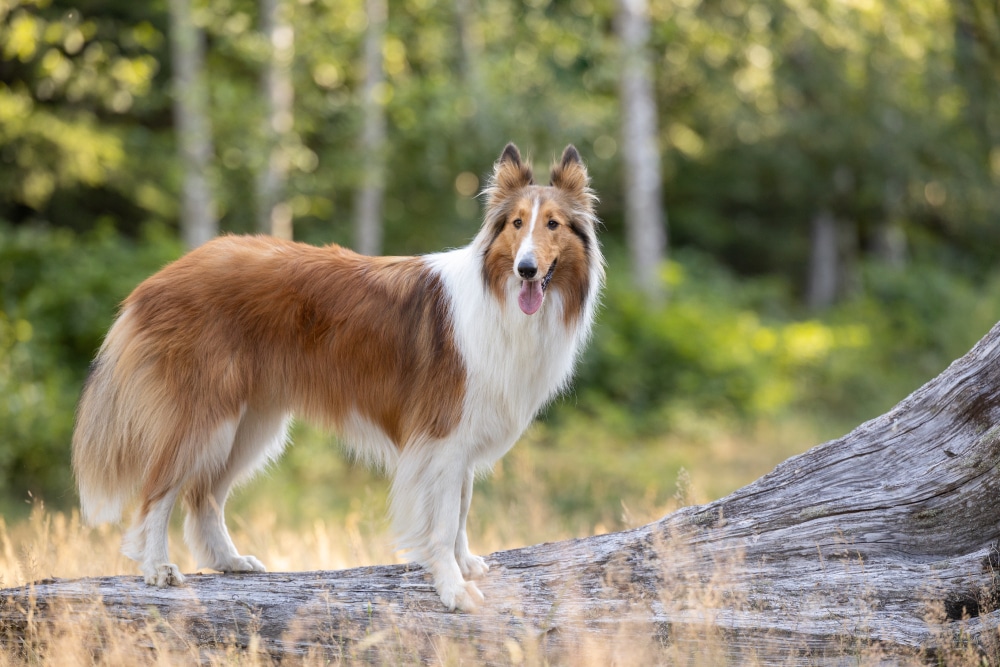In the bustling world of dog enthusiasts, French Bulldogs have stolen many hearts, ranking as the top breed in the American Kennel Club’s popularity list for two consecutive years. Among these adorable canines, the Blue French Bulldog particularly stands out. Their unique coat, however, draws both admiration and controversy. Let’s dive into what makes these dogs so special and why they’re a hot topic in the canine community.
Blue French Bulldogs have a striking appearance, but their coloration isn’t officially recognized by major canine organizations like the AKC. This brings us to the heart of the controversy – whether their rarity is a beauty or just a breeding fad. While some critique the pursuit of their unique hue, calling it a departure from traditional breeding values, others can’t resist their charm.
Digging into their history, the French Bulldog’s journey began in the 19th century when English workers introduced Toy Bulldogs to France. These pups, with their distinctive bat-like ears, quickly became fashionable in French society. Depicted in the artworks of Degas and Toulouse Lautrec, French Bulldogs cemented their place as stylish companions.
Physically, Blue French Bulldogs are compact, typically standing 11–13 inches tall and weighing between 20–28 pounds for males and 16–24 pounds for females. Their lifespan generally spans from 10 to 12 years. Despite their size, they pack a whole lot of personality – being sociable, gentle, and always ready for a belly rub.
However, owning a Blue Frenchie isn’t all fun and games. Unfortunately, many of these dogs are prone to health issues, particularly related to their unique coloring. For instance, color dilution alopecia can cause skin problems and hair loss in blue-coated Frenchies. Potential owners need to consider these risks, as irresponsible breeding can exacerbate such conditions.
Moreover, their cutesy wrinkled faces often lead to breathing difficulties, known as brachycephalic obstructive airway syndrome. This makes hot weather and excessive exercise challenging for them. Their heavy front and short legs might look adorable, but these same attributes mean they are poor swimmers, often requiring vigilant supervision around water.
Speaking of family life, if you’re looking for a loyal and affectionate lapdog, Blue Frenchies might just be the perfect fit. They thrive on human companionship and are fantastic with kids. Known for their playful and fun-loving nature, they enjoy short walks and engaging with family activities. But remember, their love for ease also sometimes leads to laziness, making weight management a crucial part of their care.
Grooming also plays a significant role in keeping them healthy. Regular brushing and cleaning of their skin folds are necessary to prevent infections. These high-maintenance needs contribute to their significant cost in both time and money, with prices for puppies ranging from $1,600 to over $5,000 and annual care expenses tallying upwards of $2,000.
Training a Blue Frenchie can be a delightful challenge. Their eagerness to please, combined with food motivation, makes them trainable, but their occasional stubborn streak requires patience. Proper socialization from an early age ensures they grow into well-mannered dogs.
All things considered, Blue French Bulldogs can be a superb choice for those who understand the responsibility they entail. They offer an engaging and affectionate presence in any family, but they’re not for the faint-hearted or those unprepared for the financial and health commitments they demand.
Blue French Bulldogs captivate with their unique appearance and charming personalities, but potential owners should tread carefully. Their adorable allure comes with specific needs that demand attention and care. By understanding these factors, maintaining their health and happiness is achievable, allowing these delightful dogs to thrive as loving members of the family.










